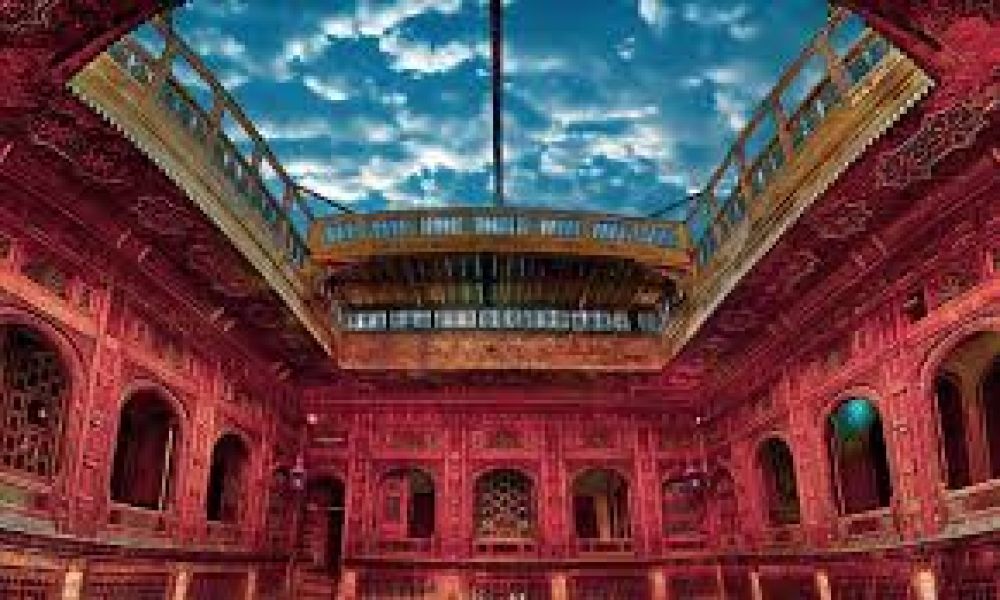

Nestled in the heart of the walled city of Peshawar, the Sethi House Museum is a jewel of architectural heritage and a testament to the rich cultural tapestry of the region. This historical abode, belonging to the affluent Sethi family, dates back to the late 19th century. It reflects the grandeur of the merchant class during the British Raj and the economic prosperity brought by trade on the Silk Route.
The house was constructed using a mixture of Gandhara and Central Asian architectural styles, boasting intricate wood carvings, beautifully detailed frescoes, and the iconic stucco work that gives it an air of elegance and artistry. Over the years, the Sethi houses faced neglect; however, efforts to preserve this cultural heritage have led to the restoration of the Sethi House, transforming it into a museum that offers visitors a glimpse into the opulent past of Peshawar's merchant families.
Initially a hidden gem known only to history enthusiasts and locals, the Sethi House Museum has seen an increase in footfall over the past few years. As awareness of the cultural and historical significance of Peshawar's old city grows, tourists from across Pakistan and around the world have started to flock to this site to admire its beauty and historical value.
The museum now serves as a pivotal attraction in Peshawar, offering guided tours that walk visitors through the life and times of the Sethi family and the broader history of the region. The guided tours are complemented by displays of various historical artifacts, period furniture, and photographs that enrich the historical narrative of the house.
In recent years, the trend within tourism in Peshawar, and Pakistan as a whole, has shifted towards the development and promotion of cultural and heritage tourism. The Pakistani government and various NGOs have been working towards the restoration and preservation of historical sites, including the Sethi House, to bolster tourism.
Sustainable Tourism has also become a key focus, with initiatives aimed at ensuring the conservation of heritage sites while promoting local economies. Events such as heritage walks and cultural festivals have been gaining traction, drawing attention to historically significant areas like Sethi House and providing a platform for local artisans and performers.
The advancement of Digital Tourism is another trend impacting the landscape. Virtual tours and online platforms have become essential tools in promoting tourist destinations like the Sethi House Museum. Social media and travel blogs regularly feature Peshawar's cultural heritage, influencing an uptick in both domestic and international tourists seeking authentic experiences.
For those planning to visit Sethi House Museum, it is open to the public throughout the week. It is recommended to join a guided tour to fully appreciate the history and architecture of the house. The proximity of the museum to other historical landmarks in Peshawar's old city, such as the iconic Qissa Khwani Bazaar, further enhances the experience for visitors, making it a must-visit destination in Pakistan's cultural tourism itinerary.